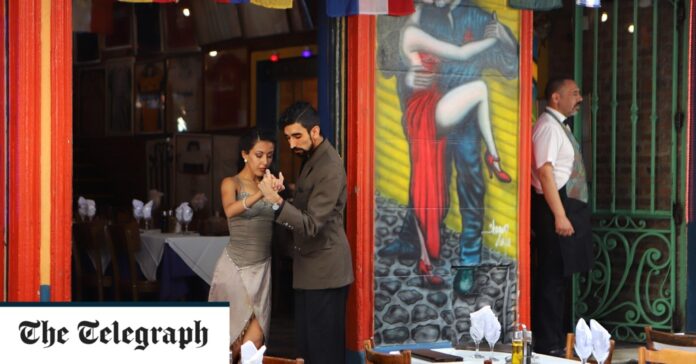From its wide boulevards to its rowing club, Buenos Aires is a microcosm of Europe’s golden age frozen in time – just ask the Porteño
Manchester has Mancunians. Liverpool has Liverpudlians. And Buenos Aires? It has Porteños. They are, quite literally, the people of the port, and this one word is the key that unlocks the identity of this entire city and its inhabitants.
As my Porteño philosopher-guide, Andres, explained on my last visit: “We are not South Americans. We are Europeans. Argentina was once a rich country, and when it needed workers, like the US, it opened its doors to Europe.”
And European workers arrived in their droves, the vast majority from Spain and Italy. Migration in the 19th and early 20th centuries was, of course, by sea and the new arrivals settled initially in the port. La Boca may be known now mostly for its football team and as a popular tourist haunt by day (though even most Argentinians won’t venture there after dark) – but it was also one of the city’s first waterside barrios, filled with multicoloured tenements painted with leftover marine paint to inject a little joie de vivre.
It is just as colourful a spot today, filled with giant murals and tango dancers who strut their sultry stuff on the cobbled streets. What they lack in expertise the dancers make up for in authenticity, and they certainly look the part. La Boca was, after all, the birthplace of tango – though regarded by the Spanish colonial aristocracy as a sordid street dance, solely for the likes of the criminals and prostitutes.


